Hendrik F. Hamann
Towards Scalable Foundation Model for Multi-modal and Hyperspectral Geospatial Data
Mar 17, 2025



Abstract:Geospatial raster (imagery) data, such as that collected by satellite-based imaging systems at different times and spectral bands, hold immense potential for enabling a wide range of high-impact applications. This potential stems from the rich information that is spatially and temporally contextualized across multiple channels and sensing modalities. Recent work has adapted existing self-supervised learning approaches for such geospatial data. However, they fall short of scalable model architectures, leading to inflexibility and computational inefficiencies when faced with an increasing number of channels and modalities. To address these limitations, we introduce Low-rank Efficient Spatial-Spectral Vision Transformer (LESS ViT) with three key innovations: i) the LESS Attention Block that approximates high-dimensional spatial-spectral attention through Kronecker's product of the low-dimensional spatial and spectral attention components; ii) the Continuous Positional-Channel Embedding Layer that preserves both spatial and spectral continuity and physical characteristics of each patch; and iii) the Perception Field Mask that exploits local spatial dependencies by constraining attention to neighboring patches. To evaluate the proposed innovations, we construct a benchmark, GFM-Bench, which serves as a comprehensive benchmark for such geospatial raster data. We pretrain LESS ViT using a Hyperspectral Masked Autoencoder framework with integrated positional and channel masking strategies. Experimental results demonstrate that our proposed method surpasses current state-of-the-art multi-modal geospatial foundation models, achieving superior performance with less computation and fewer parameters. The flexibility and extensibility of our framework make it a promising direction for future geospatial data analysis tasks that involve a wide range of modalities and channels.
Accelerating Quasi-Static Time Series Simulations with Foundation Models
Nov 13, 2024Abstract:Quasi-static time series (QSTS) simulations have great potential for evaluating the grid's ability to accommodate the large-scale integration of distributed energy resources. However, as grids expand and operate closer to their limits, iterative power flow solvers, central to QSTS simulations, become computationally prohibitive and face increasing convergence issues. Neural power flow solvers provide a promising alternative, speeding up power flow computations by 3 to 4 orders of magnitude, though they are costly to train. In this paper, we envision how recently introduced grid foundation models could improve the economic viability of neural power flow solvers. Conceptually, these models amortize training costs by serving as a foundation for a range of grid operation and planning tasks beyond power flow solving, with only minimal fine-tuning required. We call for collaboration between the AI and power grid communities to develop and open-source these models, enabling all operators, even those with limited resources, to benefit from AI without building solutions from scratch.
Optimal Power Grid Operations with Foundation Models
Sep 03, 2024Abstract:The energy transition, crucial for tackling the climate crisis, demands integrating numerous distributed, renewable energy sources into existing grids. Along with climate change and consumer behavioral changes, this leads to changes and variability in generation and load patterns, introducing significant complexity and uncertainty into grid planning and operations. While the industry has already started to exploit AI to overcome computational challenges of established grid simulation tools, we propose the use of AI Foundation Models (FMs) and advances in Graph Neural Networks to efficiently exploit poorly available grid data for different downstream tasks, enhancing grid operations. For capturing the grid's underlying physics, we believe that building a self-supervised model learning the power flow dynamics is a critical first step towards developing an FM for the power grid. We show how this approach may close the gap between the industry needs and current grid analysis capabilities, to bring the industry closer to optimal grid operation and planning.
A Perspective on Foundation Models for the Electric Power Grid
Jul 12, 2024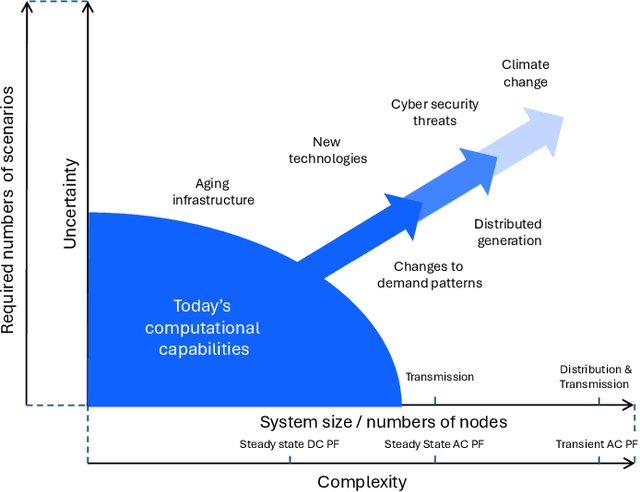
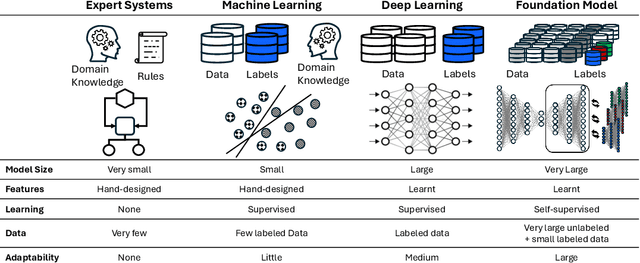
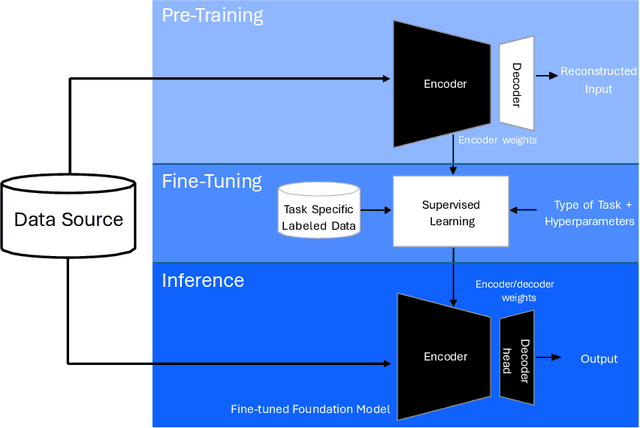

Abstract:Foundation models (FMs) currently dominate news headlines. They employ advanced deep learning architectures to extract structural information autonomously from vast datasets through self-supervision. The resulting rich representations of complex systems and dynamics can be applied to many downstream applications. Therefore, FMs can find uses in electric power grids, challenged by the energy transition and climate change. In this paper, we call for the development of, and state why we believe in, the potential of FMs for electric grids. We highlight their strengths and weaknesses amidst the challenges of a changing grid. We argue that an FM learning from diverse grid data and topologies could unlock transformative capabilities, pioneering a new approach in leveraging AI to redefine how we manage complexity and uncertainty in the electric grid. Finally, we discuss a power grid FM concept, namely GridFM, based on graph neural networks and show how different downstream tasks benefit.
An Unsupervised Clustering-Based Short-Term Solar Forecasting Methodology Using Multi-Model Machine Learning Blending
May 10, 2018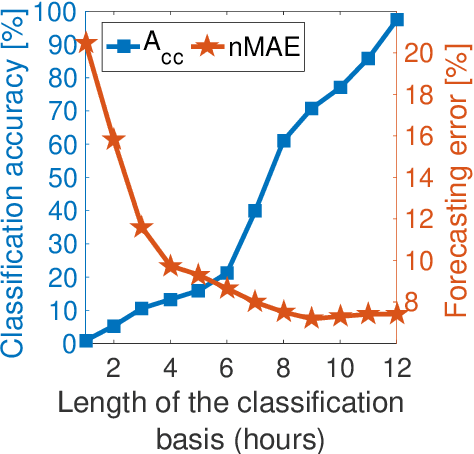
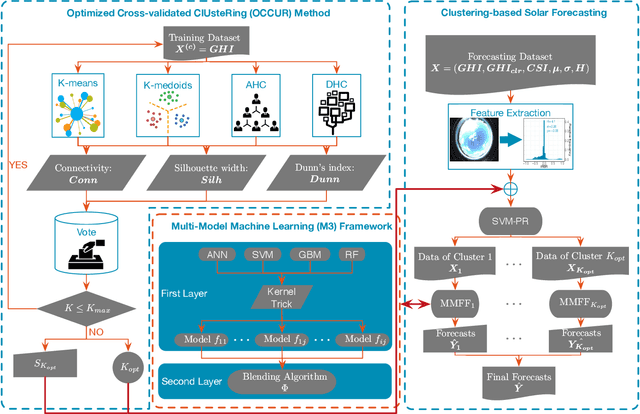
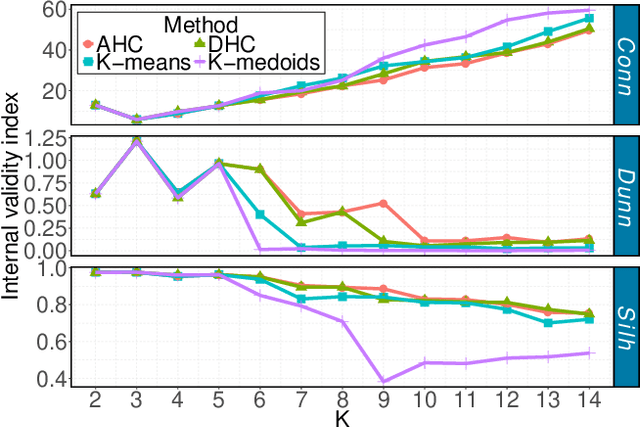
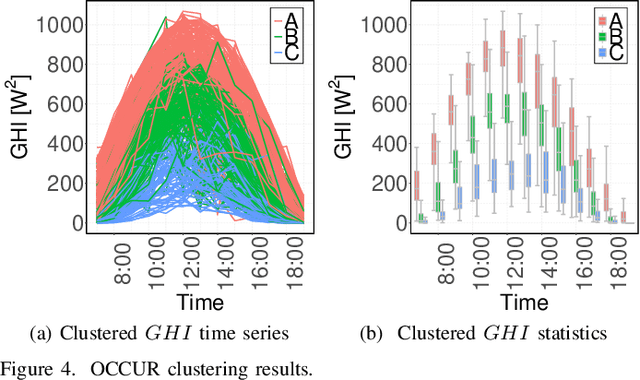
Abstract:Solar forecasting accuracy is affected by weather conditions, and weather awareness forecasting models are expected to improve the performance. However, it may not be available and reliable to classify different forecasting tasks by using only meteorological weather categorization. In this paper, an unsupervised clustering-based (UC-based) solar forecasting methodology is developed for short-term (1-hour-ahead) global horizontal irradiance (GHI) forecasting. This methodology consists of three parts: GHI time series unsupervised clustering, pattern recognition, and UC-based forecasting. The daily GHI time series is first clustered by an Optimized Cross-validated ClUsteRing (OCCUR) method, which determines the optimal number of clusters and best clustering results. Then, support vector machine pattern recognition (SVM-PR) is adopted to recognize the category of a certain day using the first few hours' data in the forecasting stage. GHI forecasts are generated by the most suitable models in different clusters, which are built by a two-layer Machine learning based Multi-Model (M3) forecasting framework. The developed UC-based methodology is validated by using 1-year of data with six solar features. Numerical results show that (i) UC-based models outperform non-UC (all-in-one) models with the same M3 architecture by approximately 20%; (ii) M3-based models also outperform the single-algorithm machine learning (SAML) models by approximately 20%.
 Add to Chrome
Add to Chrome Add to Firefox
Add to Firefox Add to Edge
Add to Edge